REVIEW: Death and the King’s Horseman at Stratford Festival
The following review is a conversation between Intermission senior editor Aisling Murphy and theatre critic Kemi King. It has been edited for length and clarity.
Aisling Murphy: Hi, Kemi! I’m so excited to get to review Death and the King’s Horseman at Stratford with you. Before we get started, can you remind me when you saw the show?
Kemi King: Yeah, the 14th of August. It was a preview.
AM: Right, I think that was towards the beginning of previews, which is a little out of the ordinary. Stratford gave us permission to review the show with you having seen a preview as long as I’d seen it after it opened, and I saw the show on August 3.
Ok. So let’s start here: how’d you like the show? Did you enjoy it?
KK: Yeah! I thought it was really fun. I think I was a bit taken aback by how much drumming there was at first, but in the grand scheme of things it checked out with the story.
AM: Fair enough! I’m curious — did you know the story going into it? Or did you go in wanting to be surprised? (For context: playwright Wole Soyinka’s work is relatively simple despite its high stakes. In colonial Nigeria, a Yoruba king has died, and his horseman, Elesin, must accompany him into the afterlife. But that journey is interrupted by the colonists who object to ritual suicide. The play’s based on a true story.)
KK: Well, I’d done something for Intermission about the play a while back — a response to an audio version of the play that Soulpepper Theatre had done.
AM: Right! I remember that. So how was this for you? You had that experience with Soulpepper and then you saw this live, full production. I think you had a very different relationship to this play than I did — I didn’t know all too much about it before Stratford programmed it this year. I also saw it after it had opened, rather than in previews, so I’m really excited to see how our experiences differed.
KK: Honestly, even in previews, I don’t know how it could have been done better.
You know, last year’s audio version of the play felt like listening to my aunts and uncles retelling a story; you’re interested, and you’re excited for the knowledge, but you also never know when it’s going to end. I just wanted to get to the action! Don’t get me wrong, I thought the audio was well done, it just — obviously — had a bigger emphasis on the text.
The play contains a lot of allusions and metaphors, and the beauty of the Stratford production is that we get to see those live (as opposed to Soulpepper, where we just heard them). It was really cool to see all the different elements, and feel how director Tawiah M’Carthy has interpreted the work. I loved how there was so much depth within the music. It was really something, being able to hear and experience the traditional talking drum in a theatre like that.
AM: I thought that was so interesting as well, how they establish not only the music but the sounds of the market, too. When you first enter the theatre, you’re hearing chickens squawk, there’s people talking, and loud animals, and I found it so riveting how the creative team established this soundscape. There’s a baseline sound design, by Adékúnlé Olórundáre (Kunle) and Debashis Sinha, that’s then enhanced by the live drumming, singing, and talking. Sound in this production I felt was really well done.
Something I’d love to touch on is the play’s length. At nearly three hours, people seated near me seemed to be getting squirmy by the end. Did you feel the length was appropriate — were you engaged the whole time?
KK: I definitely was. I think once you know a particular story, you’re interested in how it’s going to be told. In this story, there’s so much that drives the play’s message in the final segment — I think that’s important. A lot of questions are asked.
AM: And then we get these moments of projections of stars, and lights, right at the cusp of when key figures die. I found that even if you weren’t necessarily following the story, the weight of the ritual suddenly became clear in these moments of image and physicality. It’s apparent that this is a beautiful and spiritual thing that’s happening, something bigger than the physical world. I found those death moments incredibly well realized.
Something else I’d like to touch on — Soyinka said specifically that he did not want his play to be seen as a “clash of cultures.” He’s mentioned explicitly that it’s not that. And I found that interesting, because to me, the Stratford production kind of was that. I’m curious about your thoughts. Do you think the play can be read as a clash of cultures, and do you think Stratford played into that?
KK: What I find interesting about the play being at Stratford, this work of Nigerian culture and music — I think the actual spectatorship is different than the spectatorship around more traditional Stratford fare, Shakespeare and whatnot. You have this pocket of a particular culture, like a Little Italy or Chinatown — Nigerian in this case — and you’re assembling a spectatorship around it. I don’t know if that’s a clash of cultures. Maybe. Within the play itself, I don’t think Soyinka wanted it to be an “us versus them” narrative. And one of the characters in the play says it really nicely — he talks about how he’s learned the white folks’ language and character, how he’s come to understand them. It’s not really a clash — it’s like mixing oil and water.
AM: Oooh, I love that metaphor. I think that’s exactly right. What we see in the show is more than just an encounter before these two groups — there’s friction, there’s energy — but it’s not quite war yet. It’s not a battle, it’s the rumble before. I think the character I found most emblematic of that “oil and water” relationship was Jane, played beautifully by Stratford veteran Maev Beaty. We never see her fully “get it.” I think even at the end, she’s still rather clueless, even though she clearly wishes she understood. It’s frustrating, or at least certainly was for me as an audience member. From our 2022 vantage point, it’s like, “oh, you’re so close to getting the point.” But Beaty brings this naivety, this almost childlike understanding of the world, and I found that really interesting. Jane isn’t choosing not to grasp the intricacies and complexities of these relationships between sides — it’s that she can’t. That can’t be an easy role to play.
I want to know what the conversations were in the rehearsal room, and how the creative team navigated these conversations of race and race relations, particularly in dialogue with a 2022 worldview. That’s huge. And I think Beaty did that really gracefully onstage. How did you feel about her character?
KK: For me, it often felt like Jane just existed within her world — she was never at the forefront of it. I think you’re right about the naivety Beaty brought to the role. There are so many connections between her performance and Black feminist thought, where it critiquesfirst-wave feminism in which the understanding and care this woman has is only self-fulfilling. The extra steps are not being taken to actually understand not only the harm of her presence but also the harm of her actions that are intended to be helpful.
AM: 100%. And you touched on this a little, but I think we can dig a little deeper: this play is happening at Stratford. How do you feel about this play happening at one of the most significant theatre festivals in North America?
KK: I think it’s… nice. It’s nice. It’s representation and cultural integration, and that’s important. I think, though, there’s further to go. This is an amazing starting point. But I wonder if we can see Nigerian plays that aren’t super popular. You know?
AM: I’m inclined to agree with you. This play is from the ‘70s. I do wonder if we can look at African contemporary plays, and contemporary stuff from around the world. I think there’s space for Stratford to explore contemporary theatre outside the West— not just the “classics.”
Are there any standout performances you’d like to talk about? I kind of shoehorned in Beaty and the stunning, luminous Akosua Amo-Adem into our conversation; their performances really affected me. What about you?
KK: Amaka Umeh, as the Praise Singer. That’s such an important role. They’re the most spiritually inclined character. The Praise Singer holds the stories that have been passed down. It was gorgeous to see that in conversation with the past, present, and the future. Umeh is really able to capture that essence, and their voice is so captivating.
AM: For sure. I think we need to talk about Anthony Santiago as Elesin, the king’s horseman, too. It’s interesting — the play is divided such that each half really feels like two separate plays — and the second half is basically all him and Amo-Adem. The second half is magnetic. You spend so much of it just watching him speak, and I found his text work so detailed and clear. He was a joy to watch. His physicality was so precise, even in the imposed tiny space of the projected jail cell. I felt like he gave such a nuanced performance of a tangled and complicated character. He’s dealing with these enormous questions of life and death and everything before and after, and he navigates asking those questions with such grace. I never found it felt forced or clichéd. Love that performance.
Can we also talk about Sarah Uwadiae’s gorgeous costumes? Oh my god. Amo-Adem’s all-white ensemble was stunning. All the costumes really highlighted the strength of each character, and complemented gesture in a way that felt so intentional. Were there any other technical elements that stood out for you? I know we talked a little about those starry moments already.
KK: I enjoyed the transition into the palace, the structure on sliders (the set’s by Rachel Forbes). I found that it created gorgeous transitions because of the way it extended downstage. Especially as it is first introduced, literally pushing out the market.
AM: And the balcony! Yes.
KK: Yeah, I thought that was really fun. It added different depths to the stage, which I liked. I love surprises like that, when something huge just comes out of nowhere. I liked the sheets that rolled down for the wedding, too.
AM: I must admit I found the moments with theatrical haze glorious. That’s a taste thing — I’m a theatrical haze girl above all else — but I found it used so impactifully here as it came through the trapdoor in those death moments. So pretty.
I also, just going back a little, really enjoyed the stage configuration for this play. An extended thrust stage makes total sense. Even in a large space the action feels intimate — everything’s happening right there. It makes the jail scenes feel so vulnerable. There’s eyes coming from all directions. It felt like the spectators of the future were watching the past in a way that felt pointed and spooky and really quite visceral.
Overall, Death and the King’s Horseman is a deeply impactful, masterfully realized piece of theatre, and it feels right at home at Stratford. I hope folks get to see it before it closes next month.
Death and the King’s Horseman runs at the Stratford Festival through October 29. Tickets are available here.


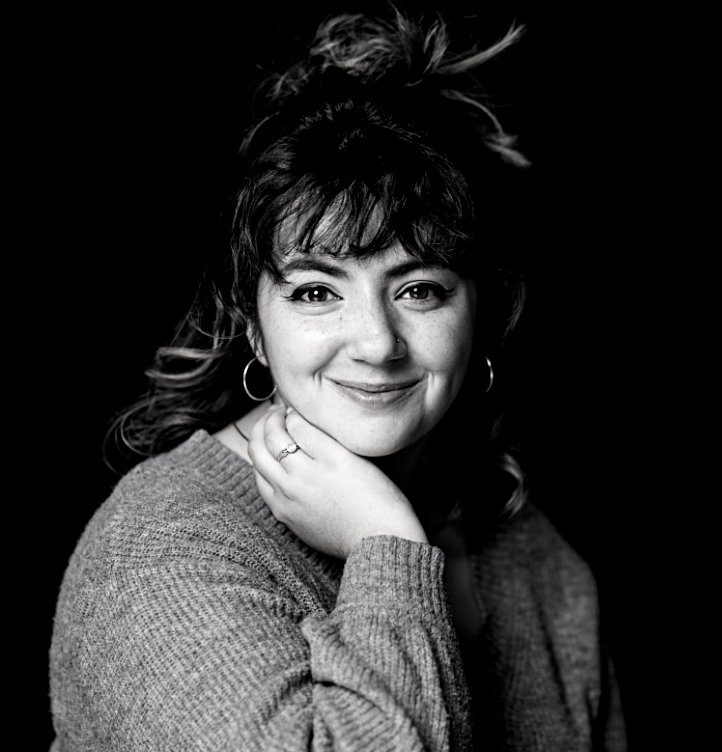
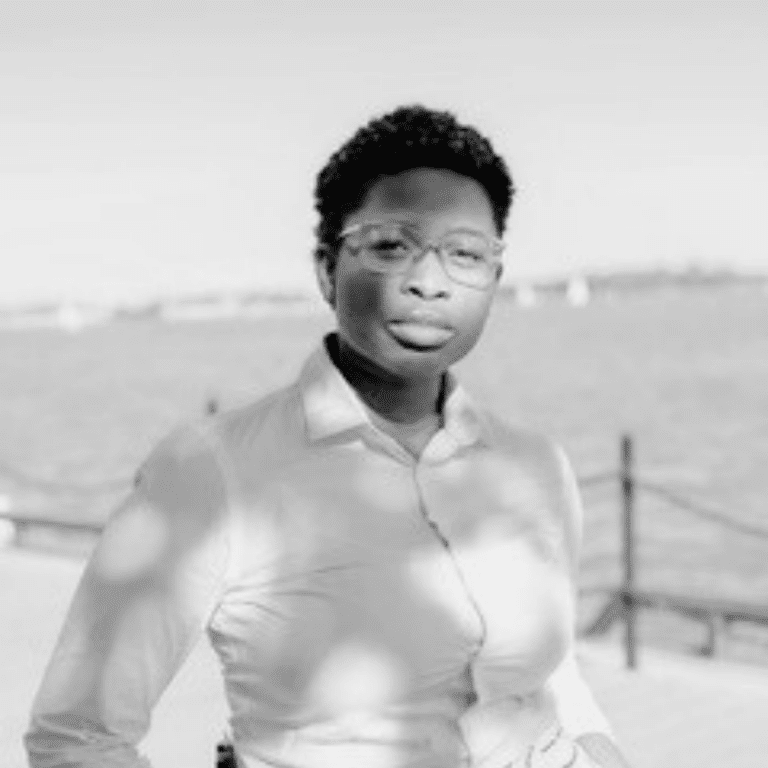






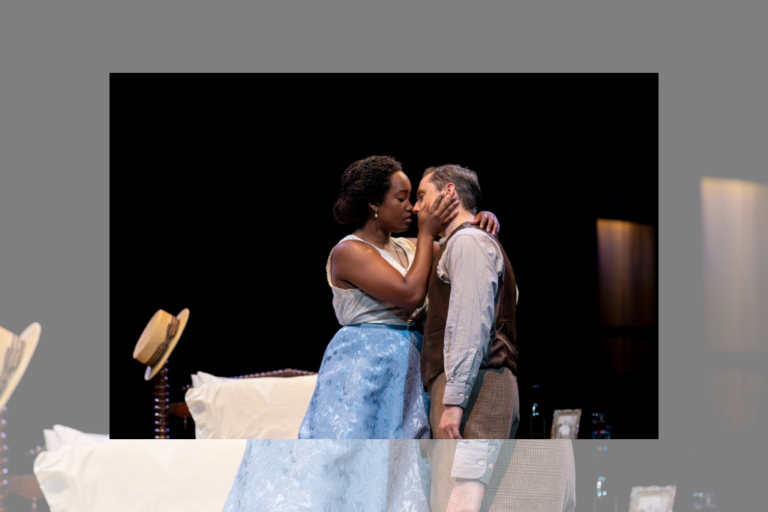
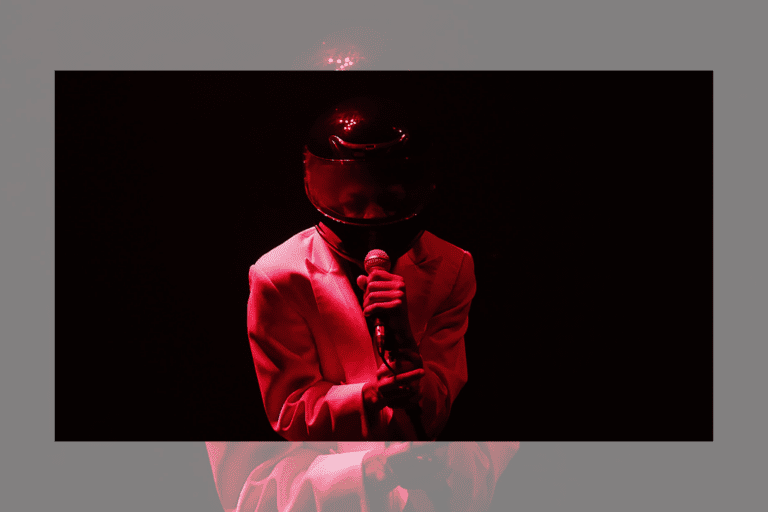

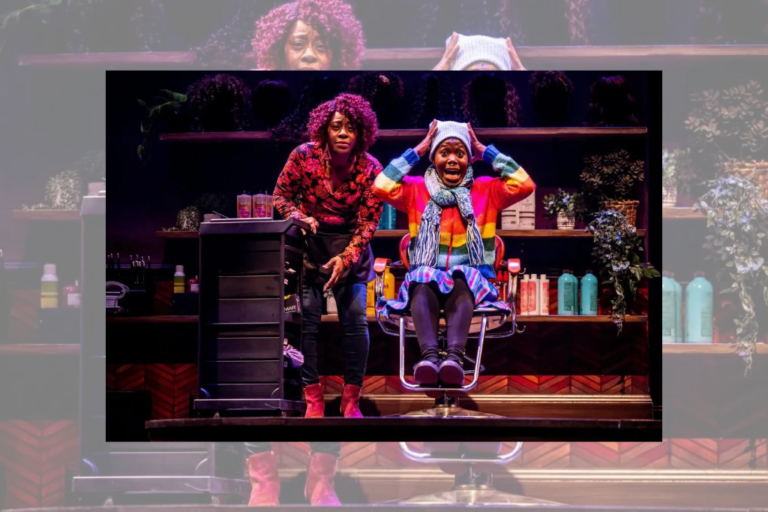
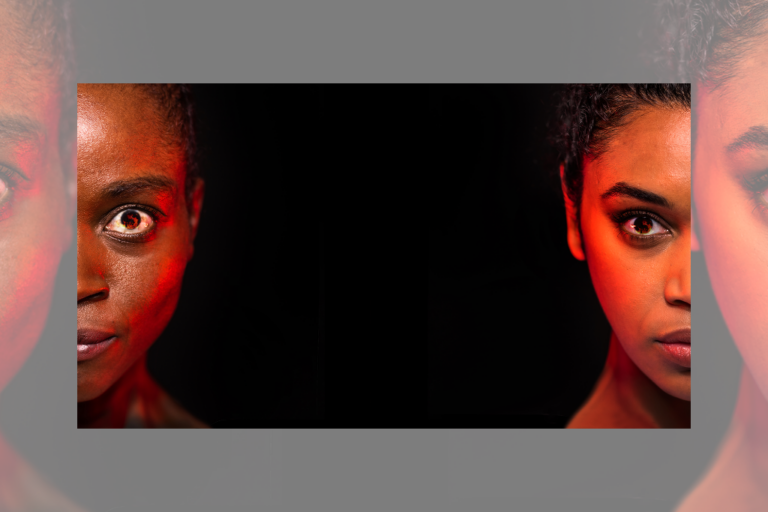
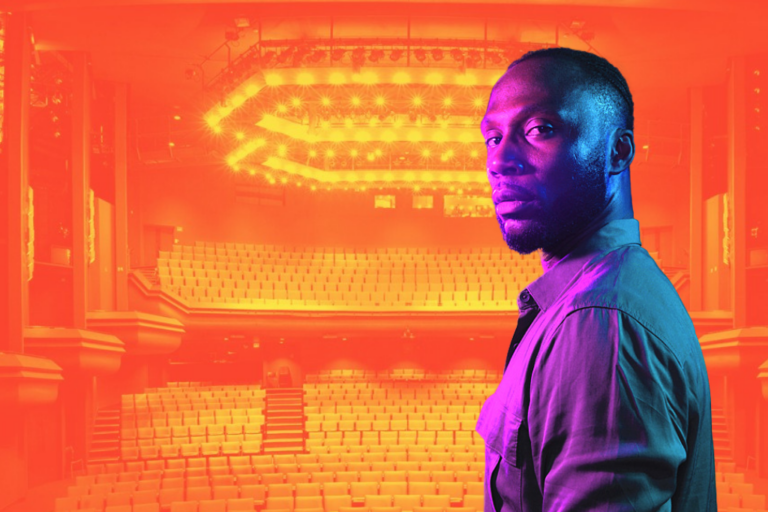
Comments